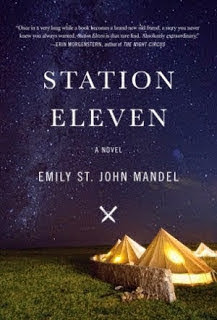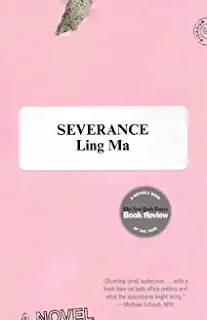 Louise Candlish was born in Hexham, Northumberland, and grew up in the Midlands town of Northampton. She studied English at University College London and worked as an illustrated books editor and copywriter before writing fiction. Her novels include the thriller Our House, winner of the British Book Awards 2019 Crime & Thriller Book of the Year, and a new book, The Other Passenger.
Louise Candlish was born in Hexham, Northumberland, and grew up in the Midlands town of Northampton. She studied English at University College London and worked as an illustrated books editor and copywriter before writing fiction. Her novels include the thriller Our House, winner of the British Book Awards 2019 Crime & Thriller Book of the Year, and a new book, The Other Passenger.At the Guardian she tagged ten of the hardest characters in literature to love, including:
Sherman McCoy in The Bonfire of the Vanities by Tom WolfeRead about the other entries on the list.
I’m veering into love-to-hate territory here on account of remembering the 80s firsthand, but I’m confident younger readers will loathe Sherman McCoy unreservedly. He’s a bond trader who lives on Park Avenue, a self-styled Master of the Universe who is “proud of his chin” and has, by his own admission, “no conscience”. Following an unfortunate automobile incident in the Bronx involving his mistress Maria, Sherman finds himself on the highway to Comeuppance – and no one describes that particular journey quite so rhapsodically as Wolfe.
The Bonfire of the Vanities is among Joris Luyendijk's top ten books about bankers.
--Marshal Zeringue















































